PPT-ANH Academy Learning Lab on Indicators
Author : motivatorprada | Published Date : 2020-10-22
of Food Insecurity and Malnutrition Innovative Metrics and Methods for Agriculture and Nutrition Actions Addis Ababa Ethiopia 2021 June 2016 William A Masters
Presentation Embed Code
Download Presentation
Download Presentation The PPT/PDF document "ANH Academy Learning Lab on Indicators" is the property of its rightful owner. Permission is granted to download and print the materials on this website for personal, non-commercial use only, and to display it on your personal computer provided you do not modify the materials and that you retain all copyright notices contained in the materials. By downloading content from our website, you accept the terms of this agreement.
ANH Academy Learning Lab on Indicators: Transcript
Download Rules Of Document
"ANH Academy Learning Lab on Indicators"The content belongs to its owner. You may download and print it for personal use, without modification, and keep all copyright notices. By downloading, you agree to these terms.
Related Documents

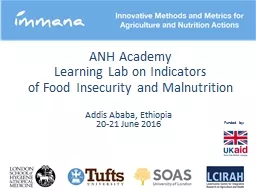

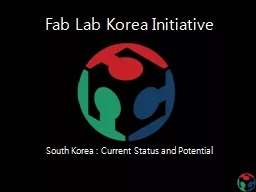
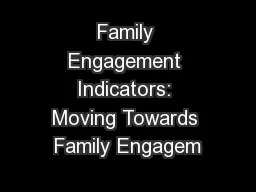
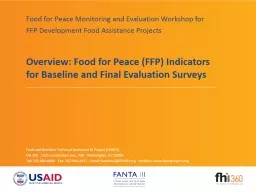






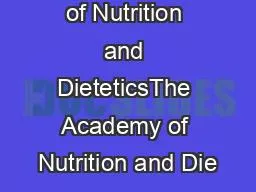
![[DOWNLOAD] - Service Academy Admissions: An Insider\'s Guide to the Naval Academy, Air](https://thumbs.docslides.com/902433/download-service-academy-admissions-an-insider-s-guide-to-the-naval-academy-air-force-academy-and-military-academy.jpg)
